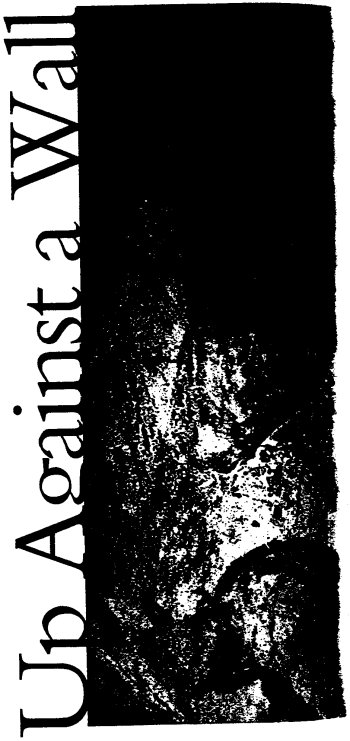|
16 This View of Life |
Natural
History 7/96 |
By Stephen Jay Gould We are, above
all, a contentious lot, unable to agree on much of anything. Alexander Pope caught
the essence of our discord in a couplet (although modern technology has vitiated
the force of his simile):
'Tis with our judgments as our watches, none
Go just alike, yet each believes his own.
Most proclamations of unanimity
therefore convey a fishy odor--arising either from imposed restraint ("elections"
in dictatorial one-party states) or comedic invention to underscore an opposite
reality (as when Ko-Ko, in Gilbert and Sullivan's Mikado, reads a document
signed by the Attorney-General, the Lord Chief Justice, the Master of the Rolls,
the Judge Ordinary, and the Lord Chancellor--and then proclaims: "Never
knew such unanimity on a point of law in my life." But the document has been
endorsed by only one signatory--for Pooh-Bah holds all the aforementioned
titles!).
Paleontologists probably match the average among human groups
for levels of contentiousness among individuals (while students of human prehistory
surely rank near the top, for this field contains more practitioners than objects
for study, thus breeding a high level of acquisitiveness and territoriality).
Yet one subject--and only one--elicits absolute unanimity of judgment
among students of ancient life, although for reasons more visceral than intellectual.
Every last mother's son and daughter among us stands in reverent awe and amazement
before the great cave paintings done by our ancestors in southern and central
Europe between roughly 30,000 and 10,000 years ago.
If this
wonderment stands as our only point of consensus (not confined, by the way, to
scientific professionals, but shared with any member of Homo sapiens possessing
the merest modicum of curiosity about our past), please don't regard me as a Scrooge
or Grinch if I point out that our usual rationale for such awe arises from a pairing
of reasons: one entirely appropriate; the other completely invalid. For I don't
impart this news to suggest any diminution of wonder, but rather to clear away
some conceptual baggage that, once discarded, might free us to appreciate even
more fully this amazing beginning of our most worthy institution.
For
the good reason, we look at the best and most powerful examples of this art, and
we just know that we have fixed a Michelangelo in our gaze. Comparisons of this
sort seem so obvious, and so just, that they have become a virtual cliché
for anyone's description of a first reaction to a wonderfully painted cave wall.
For example, in describing his emotional reaction to the newly discovered Chauvet
Cave--the source of eventual dénouement for this essay as well--Jean
Clottes, a noted expert, wrote in this magazine (May 1995): "Looking closely
at the splendid heads of the four horses, I was suddenly overcome with emotion.
I felt a deep and clear certainty that here was the work of one of the great masters,
a Leonardo da Vinci of the Solutrean revealed to us for
We have
recognized
the cave
artists, and
they are us.
|
 |
|
